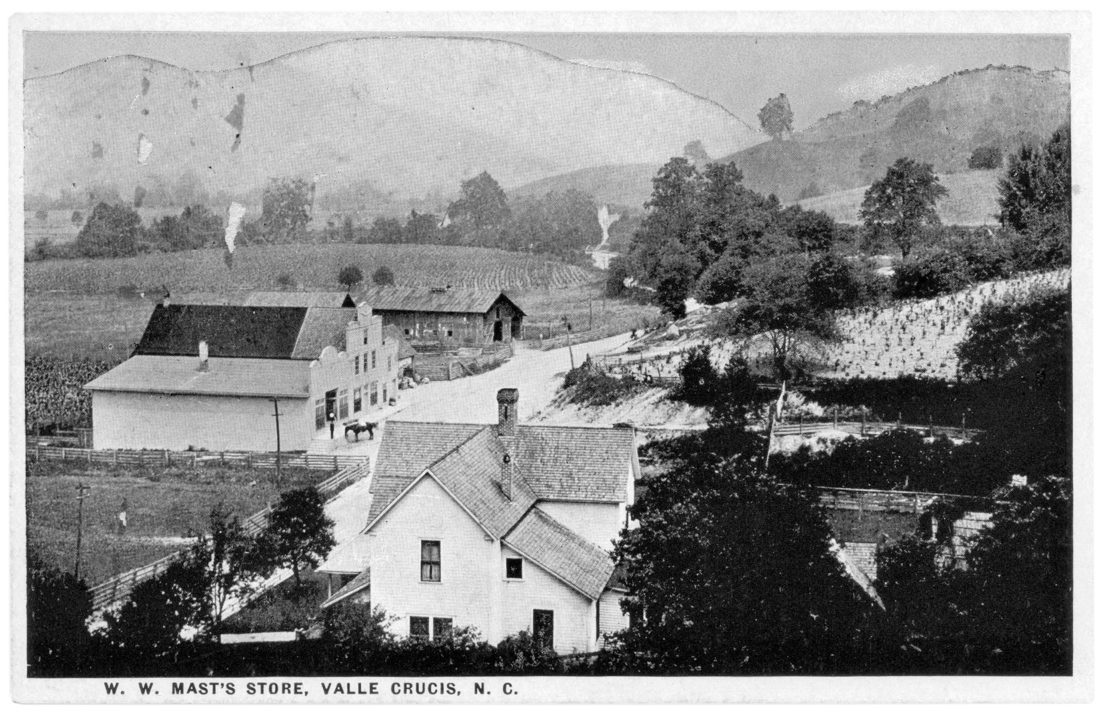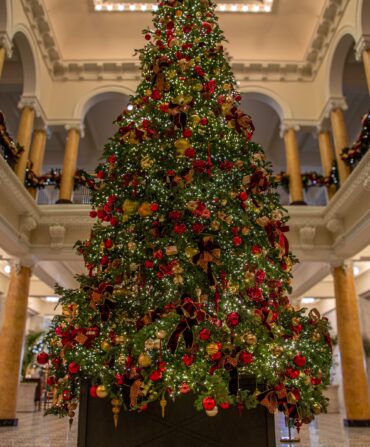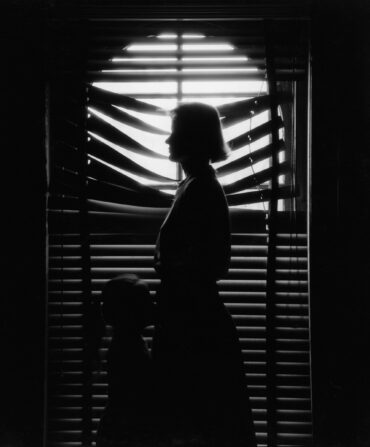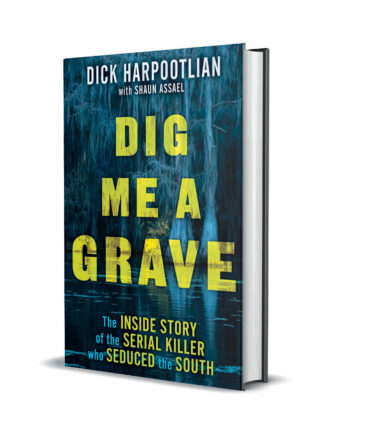Not long ago, my parents signed the deed to a house in Valle Crucis, North Carolina, that overlooks the entire basin, including an historic Southern icon, the 1883-founded Mast General Store. My parents told me that when they stood on their porch and surveyed the community for the first time, they saw a valley with a quaint park, a general store, and scenic views. Now, they see a community draped in nostalgia and history, thanks to the perspective and stories of their neighbor Susan Mast.
Susan Mast is the daughter of Mary Hazel Mast (formerly Farthing), who was born in Valle Crucis in 1927 and whose father owned a general store in Valle Crucis called the Valle Crucis Company Store–most people just called it the Farthing Store. In 1946, Mary married Howard Wellington Mast Junior, whose family owned the original Mast General Store.
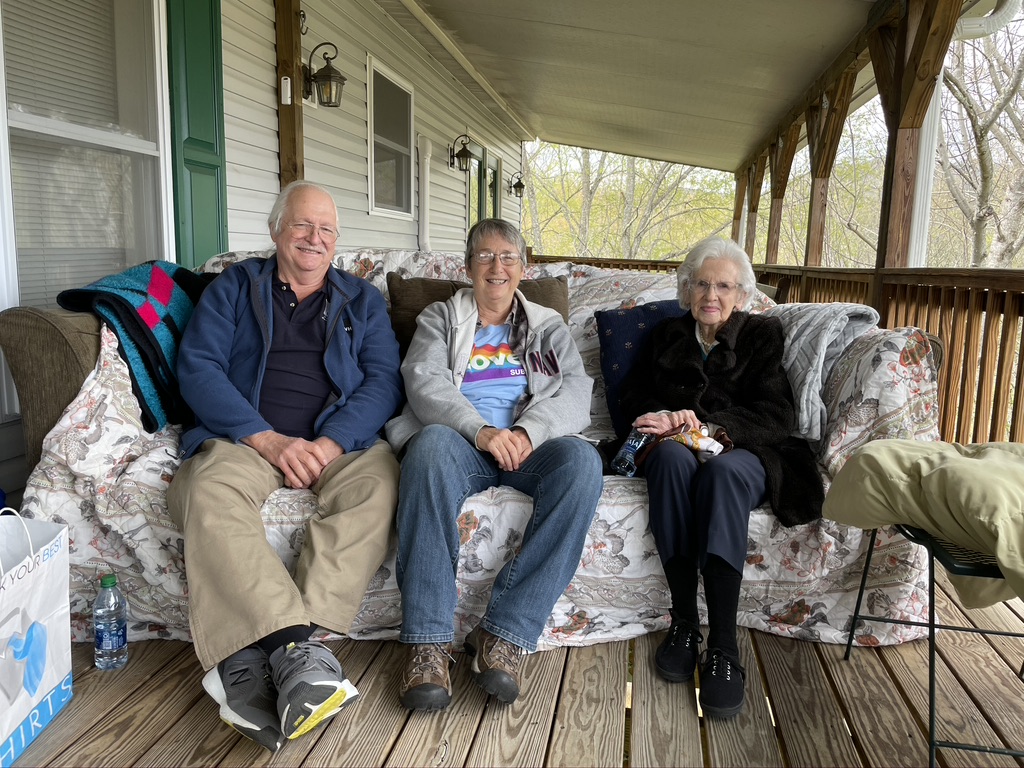
Today, Mast General Store, a retailer of outdoor goods, books, kitchen wares, and packaged goods such as grits and barbecue sauce, boasts eleven locations in North Carolina, South Carolina, Virginia, and Tennessee. John and Faye Cooper purchased the original stores in 1980, and the Mast name and legacy prevail.
When I recently visited my parents, Susan, Mary, and Richard Howard Mast, Susan’s brother, invited me over to Susan’s house for a little porch conversation. I wanted to hear more about Valle Crucis’s history, and they shared some of their favorite memories.
Mary, how did you meet your husband, Howard Wellington Mast, Jr.?
“Well, that’s a story,” Mary says of her husband, who died in 2009 at age 83. “We used to have an old pencil trimmer to sharpen our pencil, but it broke. All the boys used to carry pocketknives, so I borrowed a pocketknife from a boy and tried to sharpen my pencil. H came up to me and said so nicely that he would sharpen my pencil for me. He told me later that he was scared I was going to cut my fingers off. But he trimmed my pencil, and I knew right then who I was going to marry.”
“His name was Howard Wellington Mast Junior, but he went by ‘H,’” Susan says. “There actually was an article written about him, and through the whole story, they referred to him as ‘Aitch.’”
“He hated that Wellington part,” Mary says.
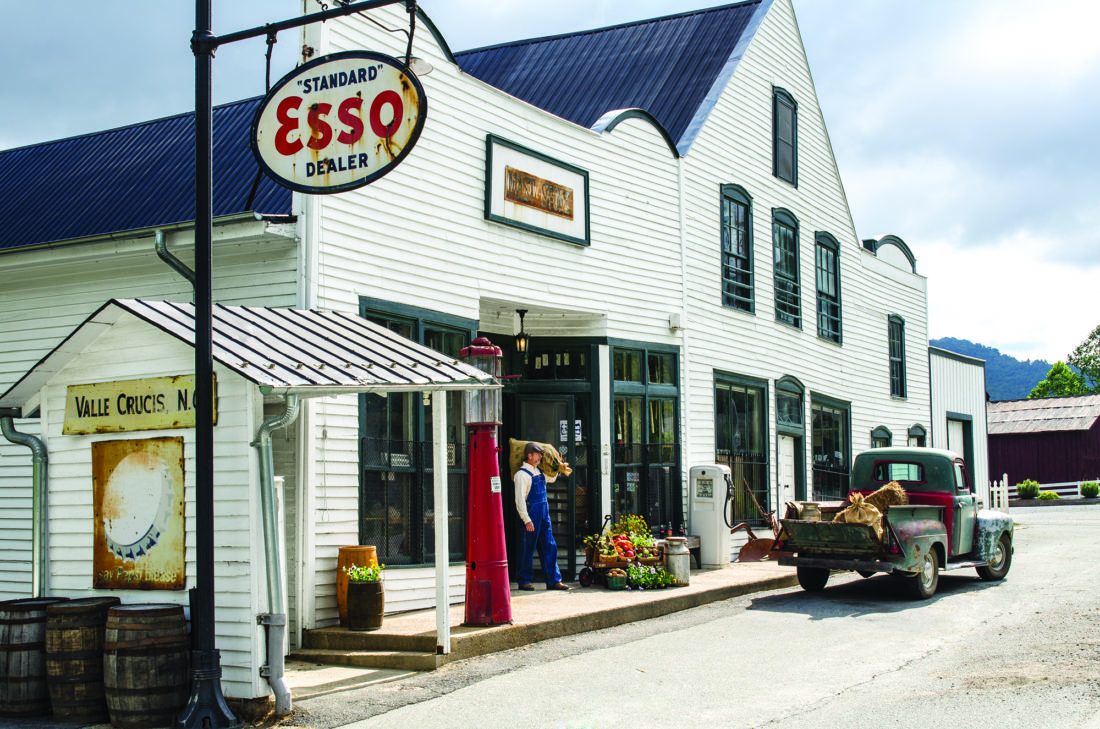
Tell us a little about the history of the store.
“We were raised up that the only two businesses in the valley were our granddaddy’s stores,” Richard says. “Both stores sold goods and both sold gas that we would pump for people. One time, a Volkswagen came down to the store, and I had never put gas in a car like that. I was so dadgum embarrassed I had to ask someone where in the Sam Hill you put gas in that thing.”
“What is now the Annex was my father’s store, and what’s now the main store used to be my husband’s father’s store,” Mary says.
“Way back then, you used to know every car passing by the store. You knew who was driving, and they knew you,” Richard says. “I worked at the store for about fifteen years. I remember how lucky I was to not only have my dad and grandparents as mentors but to have them as coworkers.”
I heard the original store used to sell everything, even coffins. Is that true?
“That’s true,” Richard says. “In the 1940 flood, the worst flood here, there was a couple of town people on Dutch Creek that went over the falls, and they found their bodies here at the bottom of the river. They brought the bodies up to the top of the stores to the ham curing table and put the bodies right in the coffins. That’s what we always heard.”
“It changed the whole valley,” Susan says. “Valle Crucis is Latin for Vale of the Cross. There is Craborchard Creek, Dutch Creek, and Clark’s Creek. They all used to form a ‘T.’ When the flood came through, it changed the shape. So, it’s not truly Valle Crucis now, but it still has the name.”
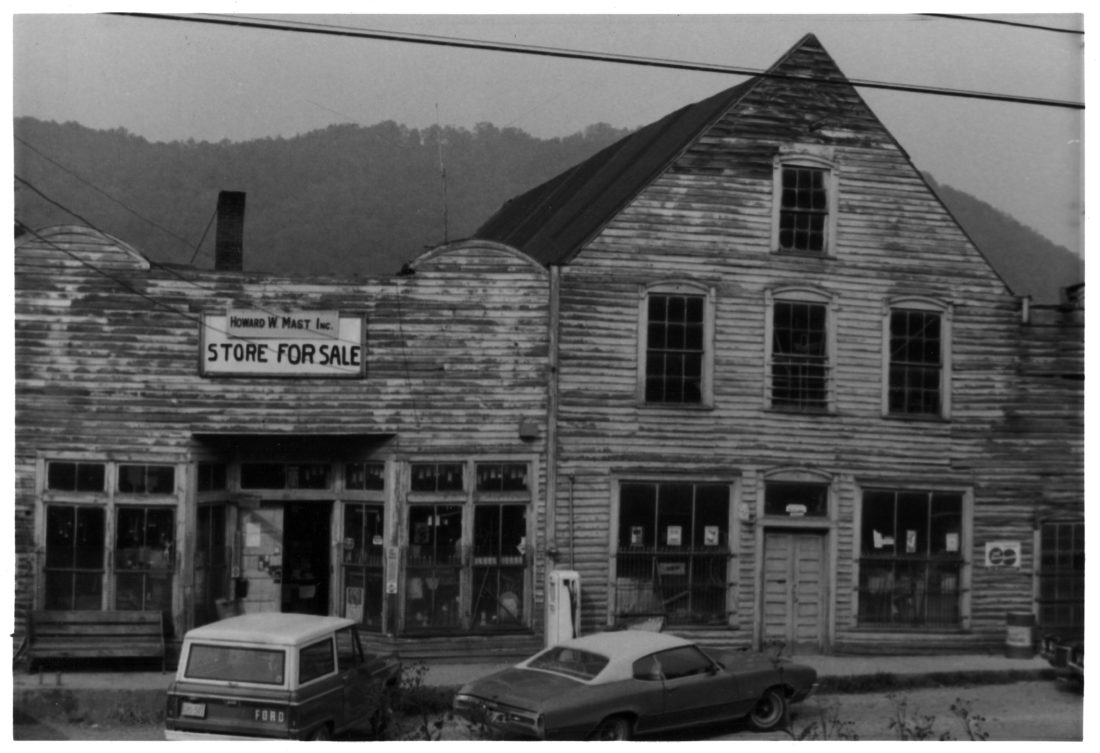
What was it like growing up in Valle Crucis?
“This whole area used to be pasture, and there were no trees up here,” Susan says. “Where your parents’ house is now is where Mom’s family land used to be. We used to have cattle, and I had horses growing up—Dusty, Misty, and Spot.”
“I reckon what I used to do for fun more than anything else over the years was fish,” Richard says. “It’s all trout water, and we used to walk to fish just about every single day.”
“I remember we used to all ride bikes and climb trees,” Susan says. “Mom is the heights person; she even jumped out of a plane in her mid-eighties. She got bitten by the height bug when she was about ten years old because of barnstorming. After the war, a lot of pilots were out of jobs, but they had planes. So, they would land in rural areas and give people rides for money. The planes actually used to land right where the park is now.”
Richard puts it simply: “Idyllic.”


